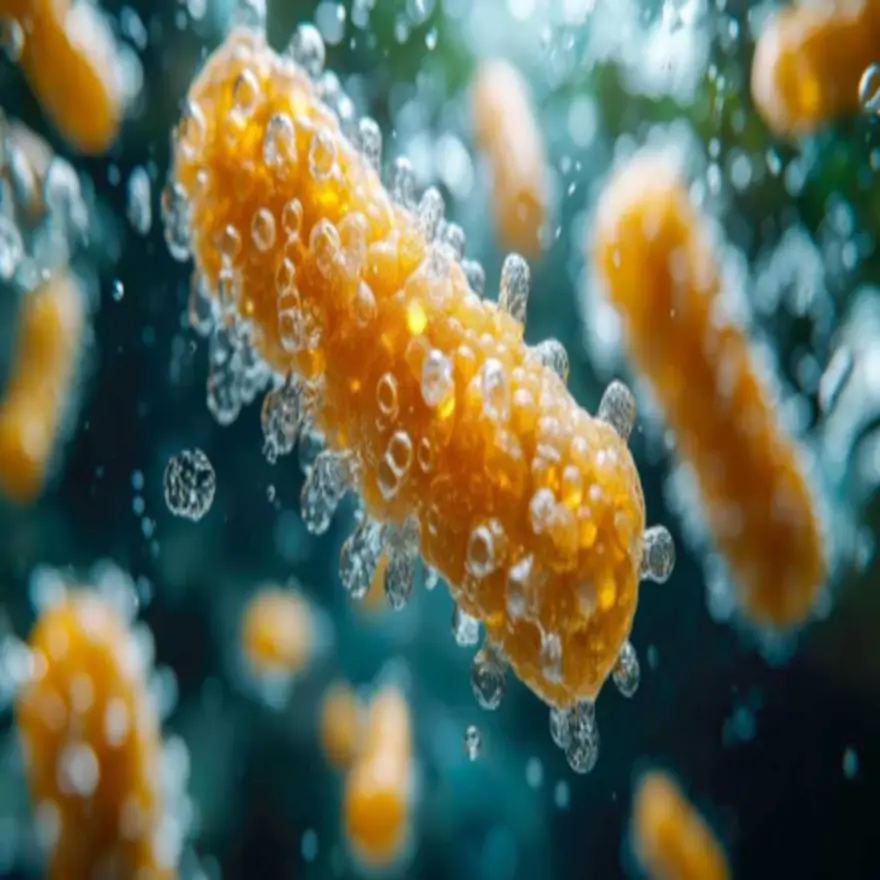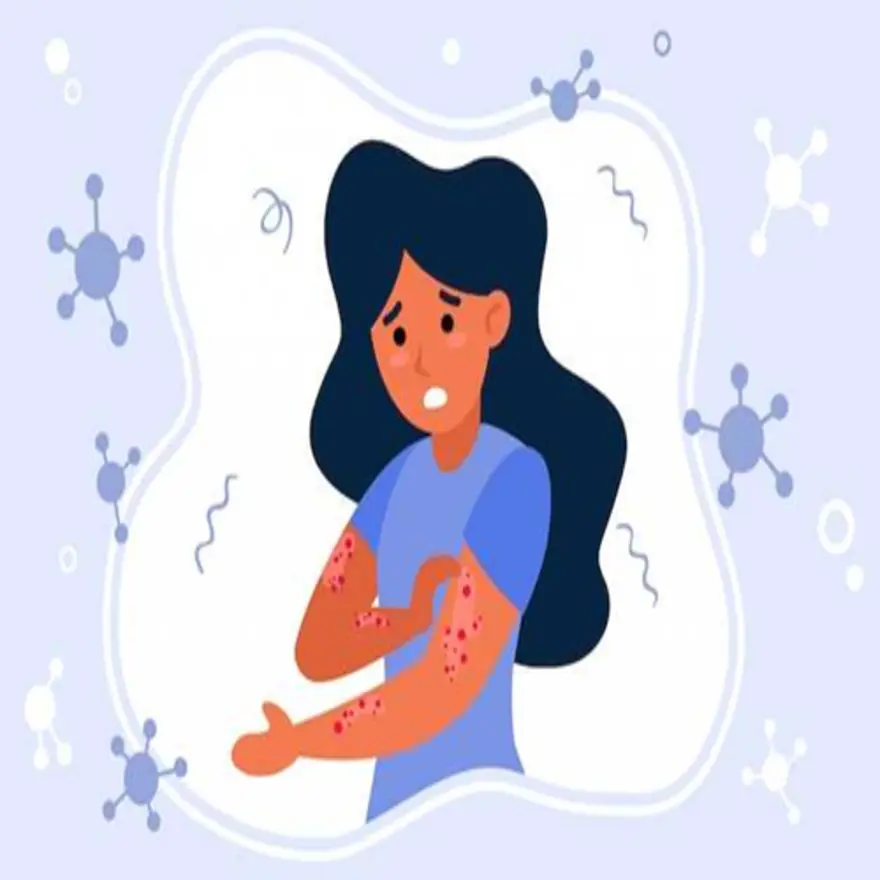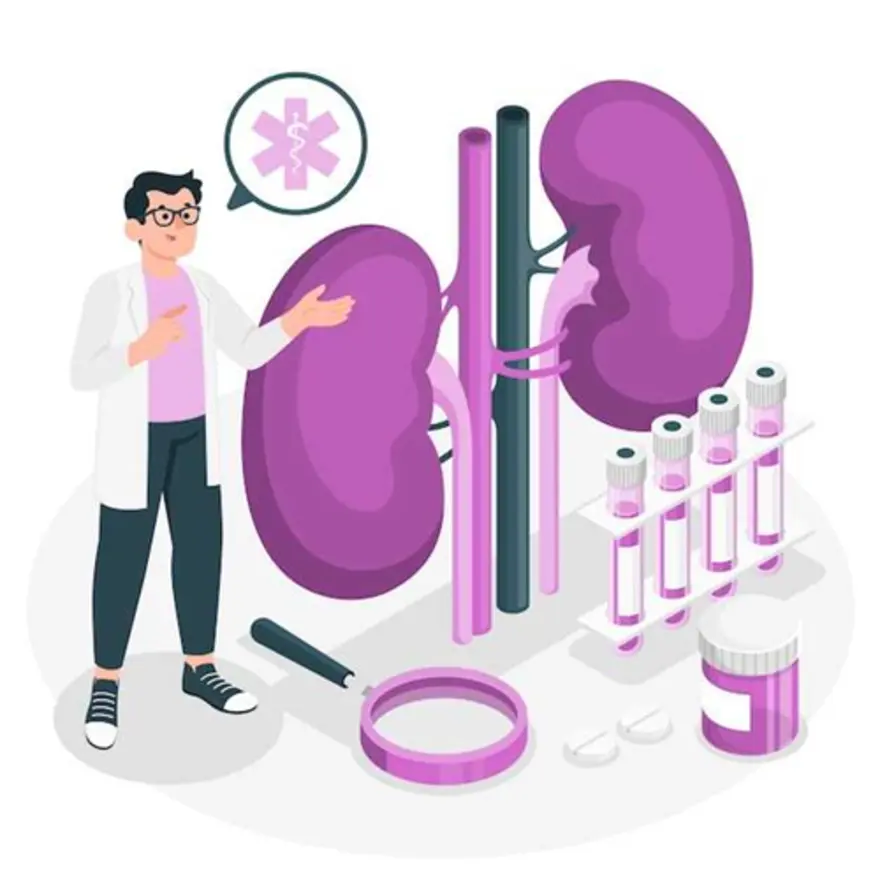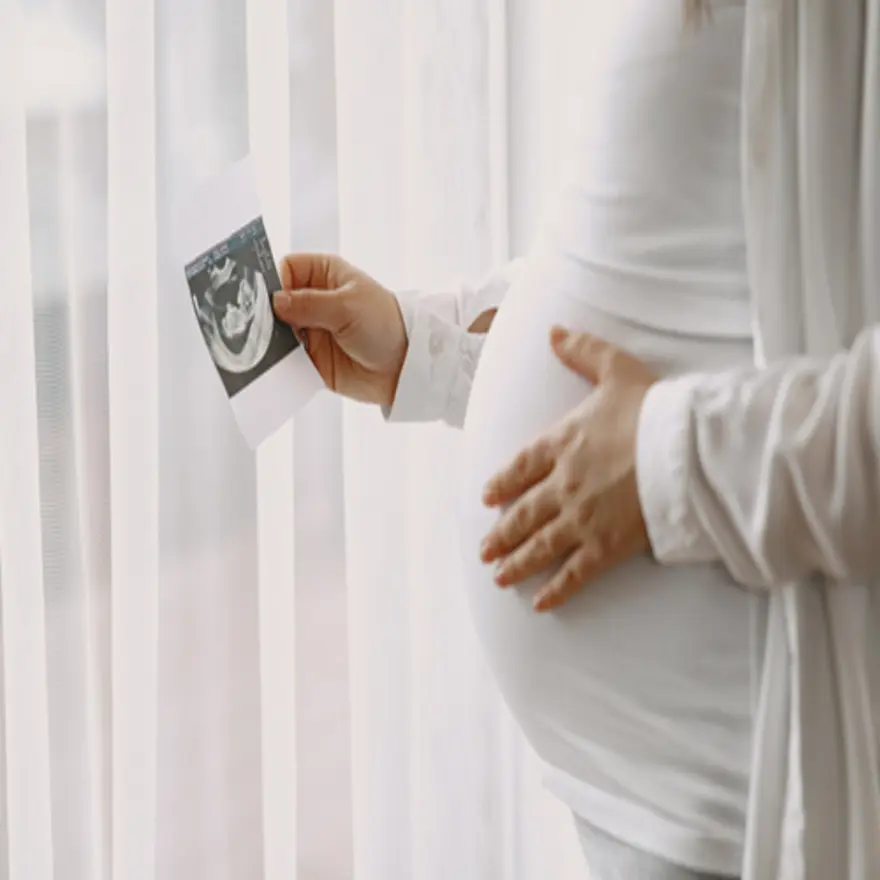Preventive Healthcare
Anemia is a major nutritional disorder and it is high time we take it seriously
4958 Views
0

Anemia is the most prevalent nutritional deficiency disorder in the world. While it affects all the age groups – preschoolers, adolescent girls, pregnant women and non-pregnant women of childbearing age are at the highest risk. Adolescent girls are equally vulnerable to iron deficiency, characterizing anemia due to the onset of menstruation as there is blood loss every month and the iron consumption is not in line with the amount of iron required by body on a daily basis.
As per the National Family Health Survey Statistics, every second woman in India is suffering from anemia and 1 in 5 maternal deaths is related to anemia. In fact, it is estimated that ground reality could be that maternal deaths are even higher due to anemia.
What is Anemia?
Anemia is a condition that occurs when the red blood cells do not carry enough oxygen to the tissues of the body.
According to WHO (World Health Organization) - Anemia is a condition in which the Hemoglobin (Hb) content of blood is lower than normal as a result of deficiency of one more essential nutrient regardless of the cause of such deficiencies. Most the anemias are due to inadequate supply of nutrients like iron. Folic acid, Vitamin B12, proteins, amino acid, Vitamin A, Vitamin C and B complex vitamins like niacin and pantothenic acid as these are required for maintenance of Hemoglobin levels in the body.
Mild anemia means Hemoglobin levels ranging from 10 - 11.9g/dl
Moderate anemia is means Hemoglobin levels ranging from 7.9 9g/dl
Severe anemia means Hemoglobin levels less than 7g/dl
Why is Anemia widely prevalent in India?
Unfortunately, anemia is rampant in a developing country like India due to the following reasons
- Poor eating habits or malnutrition (Not eating enough fruits, vegetables, legumes and foods rich in Vitamin-C)
- Lack of self-focus on better health
- Lack of focus on Anemia diagnosis (most of the times it goes unnoticed)
- Despite the dedicated efforts made by government, Iron supplementation programs in India has not reached the corners of the country. Continuous efforts and monitoring is required to build awareness and enroll the needy.
Why is there a need to review the Nutritional needs of Indian women?
Women are more likely to suffer from nutritional deficiencies as compared to men and you could say this has a lot to do with women’s reproductive biology and their dedication to family. While they take care of everyone, they just do not take care of their own health and keep ignoring.
Symptoms of Anemia deficiency –
Iron deficiency anemia could be mild at first and most women could come to know about it only post a routine blood checkup.
Symptoms of Moderate level deficiency to severe anemia are as follows.
- General fatigue and Weakness
- Cold hand and feet
- Pale skin and Brittle nails
- Excessive hair fall
- Shortness of breath
- Cravings to eat unusual items like ice, dirt and clay.
- Dizziness and intermittent Headache
- Fast or irregular heartbeat
- Tingling sensation in the feet
- Tongue soreness
The best way to correct anemia is to add foods rich in iron and vitamins that are essential to hemoglobin and help in red blood cells production.
IMPORTANT MICRONUTRIENTS REQUIRED BY INDIAN WOMEN ARE AS FOLLOWS -
Iron
India has nearly 355 million menstruating women and almost 50% of them are known to be iron deficient. Low iron levels indicate fatigue, poor immunity, poor performance at school and work and dull-looking skin, increased hair fall. Since Iron is required for healthy red blood cells, including enough iron rich foods in the diet becomes imperative.
Sources of Iron-
- Green leafy vegetables (Spinach/kale/beet green/romaine lettuce)
- Nuts (pistachio/cashews/pine nuts)
- Garden cress seeds
- Lamb meat /Seafood (Tuna/salmon/halibut/sardines)
- Dried fruits
- Beans (Kidney beans/chickpeas/black eyed beans/soybean/peas)
- Legumes /Amaranth
- Oats /Quinoa /Flaxseeds
- Sesame seeds /Pumpkin seeds /Hemp seeds /Sunflower seeds
The recommended daily intake for an average Female adult is 18mg/day.
Vitamin B12
Vitamin B12 is required for the development of healthy red blood cells. Hence, lack of Vitamin B12 deficiency could again lead to fatigue, tingling sensation in the extremities, weight loss and menstrual issues.
Sources of Vitamin B12-
Vegetarian: Jack fruit, melons, Banana, Sprouts, Spirulina, Soy Milk, Tofu, Cheese etc.
Non-vegetarian: Poultry, Fish, Dairy products, Eggs, Lamb
Folic Acid- Folic acid is another nutrient required by women in order to make healthy red blood cells. Absence of enough folic acid in the body can predispose you to anemia. Hence adding enough folic acid to the diet becomes imperative.
Sources of Folic acid-
- Green leafy veggies
- Dried beans and peas
- Nuts
- Enriched breads, cereals and other grains
Vitamin C
Vitamin C is required for the absorption of iron in the body. Not having enough Vitamin C in the body can lead to lesser absorption of Iron ultimately leading to Iron deficiency in women. Hence, the diet needs to have foods that are rich in Vitamin C.
Sources of Vitamin C
- Orange
- Kiwi
- Lemon
- Grapefruit
- Bell peppers
- Guava
- Strawberries
- Papaya
- Broccoli
- Cauliflower
Wishing you a very Happy and Healthy Life. Take care.
Contributed by - Huda Shaikh, a leading nutritionist, clinical dietitian and health blogger.























 WhatsApp
WhatsApp